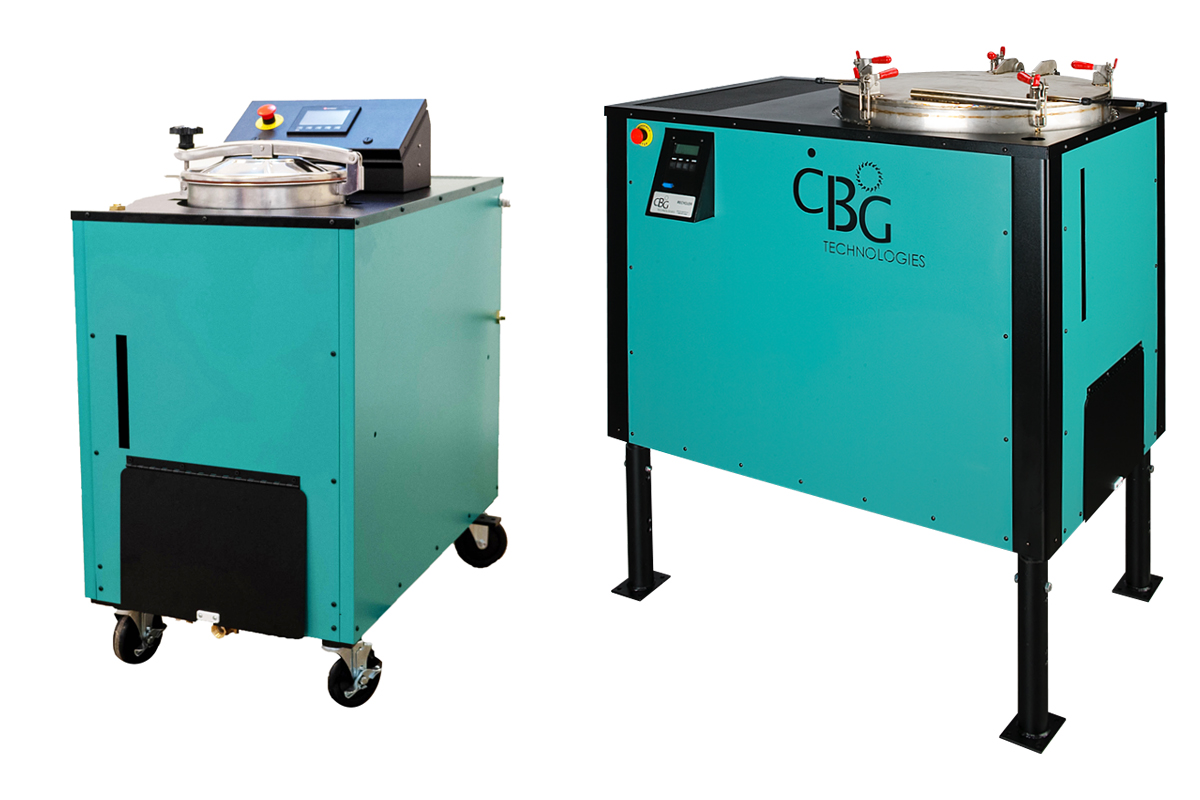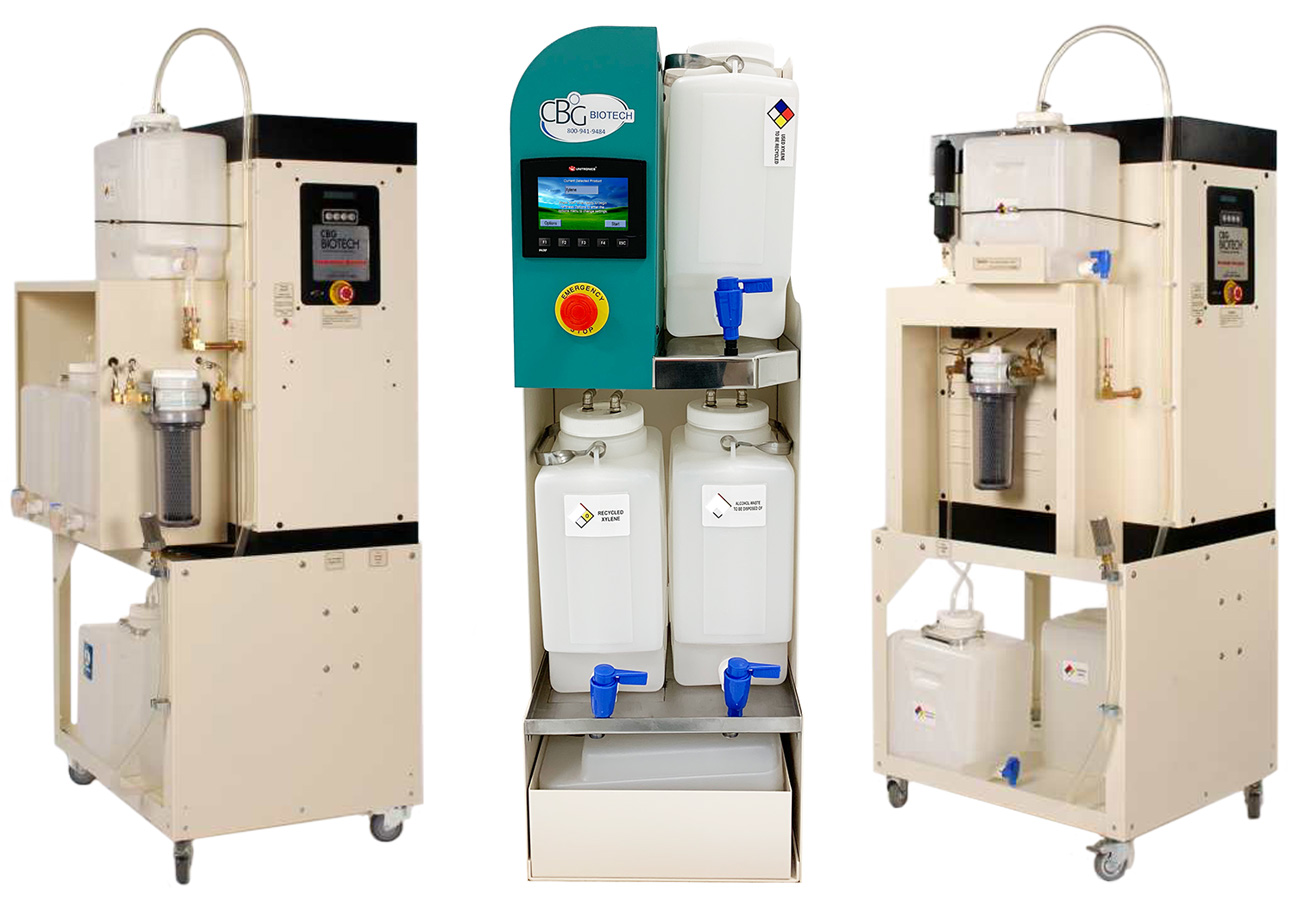
The advent of Nanotechnology and its advantages in the biotechnology has transmogrified human healthcare. Modern Biotechnology is an emerging booming field, involving approaches by which human beings modify living organisms or use them as tools to combat against various human diseases. Non-availability of good quality drinking water leads to the consumption of heavy metals that may contains lead, copper, Nickel, Molybdenum and Chromium responsible for major persistent diseases such as cholera, cancer, diarrhoea, hair loss, typhoid and anemia that affect not only the health but also has adverse outcomes on the economic stability of societies. The frequency of cancer is on the rise in Pakistan about 300,000 individuals were affected by cancer every year. Today, although despite of extraordinary advances in the development of curative measures increased global interrelationship yet Laxity of sewage systems enhance the chances of diseases. Modern world is on the edge of threat of pandemic infectious diseases which are likely to emerged after a period of several events occur inside human system and subsequently spread rapidly within human throughout the world. Research suggests that marijuana use usually peaks in the late teens to early 20s, and then declines in later years (5).

Marijuana use by young people has increased or decreased at various times during the last decade, possibly as a result of its potency, which has been on the rise, although nonsignificantly from a 3% concentration of Δ9-tetrahyrocannabinol (THC marijuana’s active chemical constituent) in 1991 to 4.4% in 1997-possibly because of changes in the perceptions of youths about marijuana’s dangers or other unknown factors. Among 12th graders, nearly 48% had tried marijuana at least once, and approx 21% were “current”marijuana users (4). In the case of young people, according to a recent survey of high school students known as Monitoring the Future, supported by the US National Institute on Drug Abuse (NIDA) and conducted yearly, at least 19% of 8th graders had tried marijuana at least once and 18% of 10th graders were “current” drug users (i.e., had used the drug within the past month before the survey). Approximately 2-3 million new users of marijuana are added each year, with about 1.1% becoming clinically dependent on it (3). Marijuana was used either alone or in combination with other drugs by 75% of the current illicit drug users.

In 2002, an estimated 15 million Americans had used the drug in the month before a survey (2), representing 6.2% of the population age 12 years and older. In the United States, 95 million Americans over the age of 12 have tried marijuana at least once. Some 146 million people, or 3.7% of the population 15–64 years of age, consumed Cannabis in 2001–2003 (1). Marijuana is the most frequently used illegal drug in the world today.


 0 kommentar(er)
0 kommentar(er)
